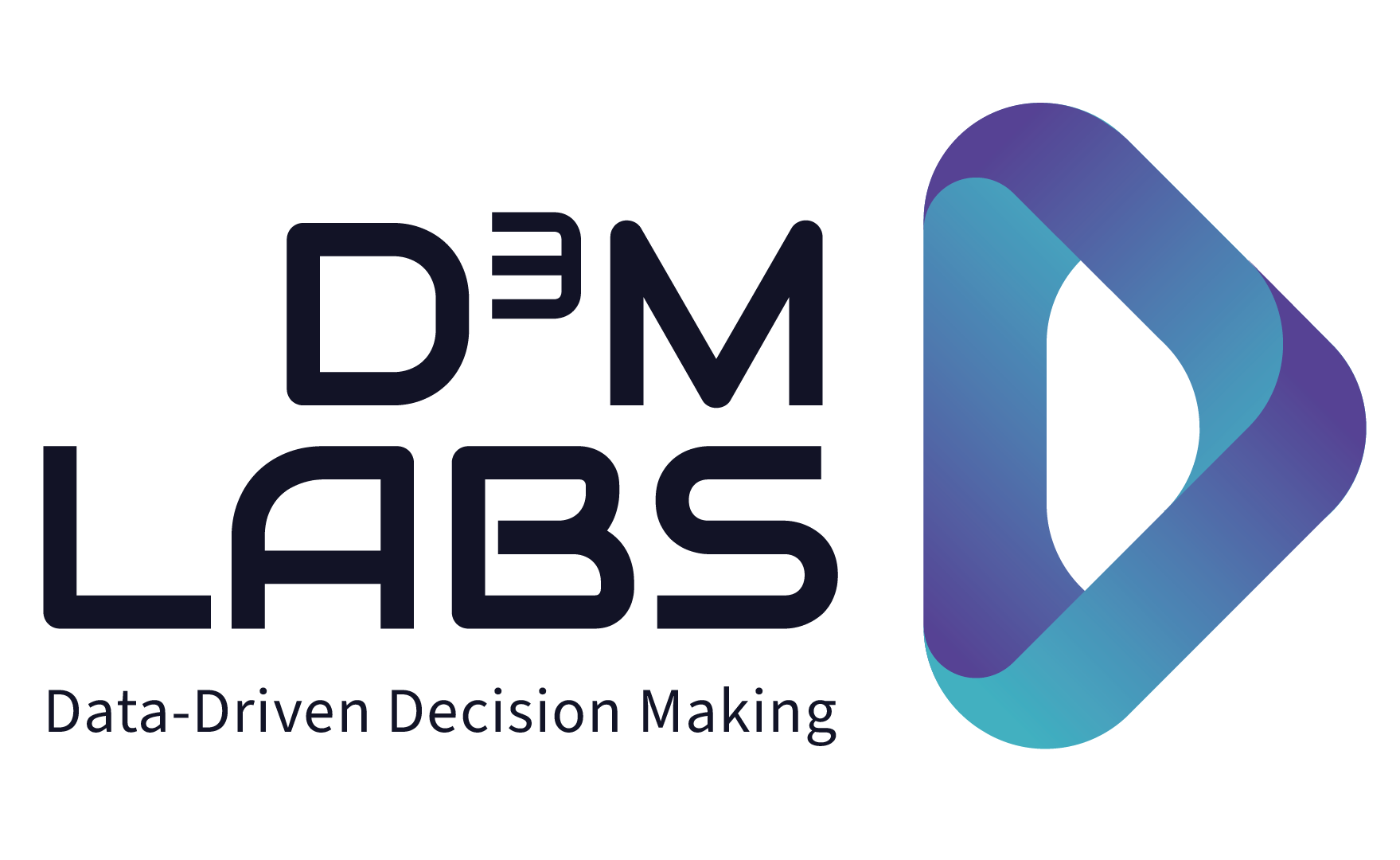In the rapidly evolving landscape of technology, the integration of AI solutions entail humongous opportunities alongside significant security challenges. Whether developing AI-driven products or incorporating AI applications into operational frameworks, companies must navigate a complex terrain of considerations to ensure both effectiveness and security. Here are some key challenges associated with deploying AI, as well as how ISO 27001 can help organizations manage risks and establish a systematic approach for documenting and handling these risks in the context of AI.
Data Privacy and Protection, Regulation and Compliance:
- AI Challenges: AI systems often rely on large datasets for training and operation. This raises concerns about handling sensitive information securely, especially with regulations like GDPR and HIPAA in place. Implementing robust data security measures, such as encryption, access controls, and anonymization, is crucial to safeguard privacy.
- ISO 27001 framework encourages practices like risk assessment and implementing appropriate controls that can indirectly contribute to data protection. However, it is important to understand that compliance with specific data privacy regulations may require additional measures beyond ISO 27001.
Bias and Fairness:
- AI Challenges: One of the significant challenges in AI is the potential for bias. AI algorithms can reflect and amplify biases present in the data they are trained on, leading to skewed, unfair, or discriminatory outcomes. It’s crucial to mitigate bias through rigorous data preprocessing, algorithmic transparency, and ongoing monitoring to ensure fairness and ethical considerations throughout the AI development lifecycle.
- ISO 27001 can contribute to fostering a more rigorous and responsible approach to developing and deploying AI solutions. Principles of risk assessment and implementing appropriate controls outlined in the standard can be applied broadly to identify and address potential risks associated with bias in AI systems.
Security of AI Components:
- AI Challenges: Securing AI algorithms, models, and infrastructure is crucial to mitigate the risk of exploitation and tampering by adversaries. This includes protecting against attacks aimed at manipulating data sets or compromising AI code. Implementing various security practices like secure coding, validation methods, anomaly detection, and regular updates of dependencies and libraries can significantly bolster AI security. Additionally, deploying runtime protection mechanisms further enhances the security posture.
- ISO 27001 provides a framework for organizations to establish a robust Information Security Management System (ISMS). This framework encourages the implementation of various security controls, such as secure coding practices and vulnerability management, which can be adapted and applied to the context of AI development and deployment. Additionally, the standard’s emphasis on continuous improvement ensures that organizations can remain adaptable to evolving threats and vulnerabilities in the AI landscape.
Model Explainability and Interpretability
- AI Challenges: Ensuring model explainability and interpretability is a key challenge in AI. This means making AI models understandable to human operators, fostering trust and accountability in their decision-making processes. This is particularly important when AI is used in applications like cybersecurity, where human oversight and understanding are crucial. Techniques like feature importance analysis and model visualization can provide valuable insights into how AI models arrive at their decisions. This empowers human operators to understand the reasoning behind the model’s outputs, enabling informed decision-making and facilitating effective human-machine collaboration.
- ISO 27001 can provide a foundation for organizations to approach AI development and deployment with a focus on transparency, risk management, and documented processes. These elements can indirectly contribute to building more explainable and interpretable AI models, fostering trust and accountability in their use.
Human Oversight and Intervention:
- AI Challenge: While AI can automate many aspects of your product or operations, human oversight remains critical to detect and mitigate emerging threats effectively. Establish clear protocols for human intervention, escalation procedures, and incident response coordination to complement AI-driven automation and decision-making.
- ISO 27001 emphasizes the involvement of management and personnel in the establishment and maintenance of the ISMS. This involvement ensures that human oversight and intervention are integral to the organization’s information security processes. Clear protocols and procedures for human intervention can be established and documented as part of the ISMS.
By addressing these considerations proactively, organizations can harness the transformative power of AI in cybersecurity while mitigating potential risks and ensuring the integrity and security of their systems and data.
„Unlocking the Business Value of Cyber & Information Security“🛡️A conversation with Hannah Suarez from Superuser OÜ and Elizabeth Press from D3M Labs
We are excited to share our latest YouTube video discussing the Business Value in Information Security & Cybersecurity! 🌐💼 We explore the difference between cybersecurity and information security, and how they drive business value and growth by facilitating corporate partnerships, fostering innovation readiness, and enabling digital business to scale. We also talk about digital sovereignty in an era dominated by geopolitical threats and cloud technologies.
On March 20th, Elizabeth Press and Hannah Suarez are co-hosting a virtual round table „Brave Questions about AI and Cybersecurity“ for executives and business owners interested in IEC/ISO 27001: 2022. Please contact one of us to discuss your participation. Startups, corporates, governmental organizations and NGOs are welcome.

